Toward the end of our river cruise, we went ashore on an excursion with a tour group in Vicksburg, Mississippi. During the Civil War, Vicksburg was hotly contested because of its immense strategic value. During the war, the city was subjected to a 47-day siege by Ulysses S Grant. The siege ultimately proved to be successful. As a result, the North was able to control the Mississippi River; cut off the South from its trading partners and split the Confederacy in two.
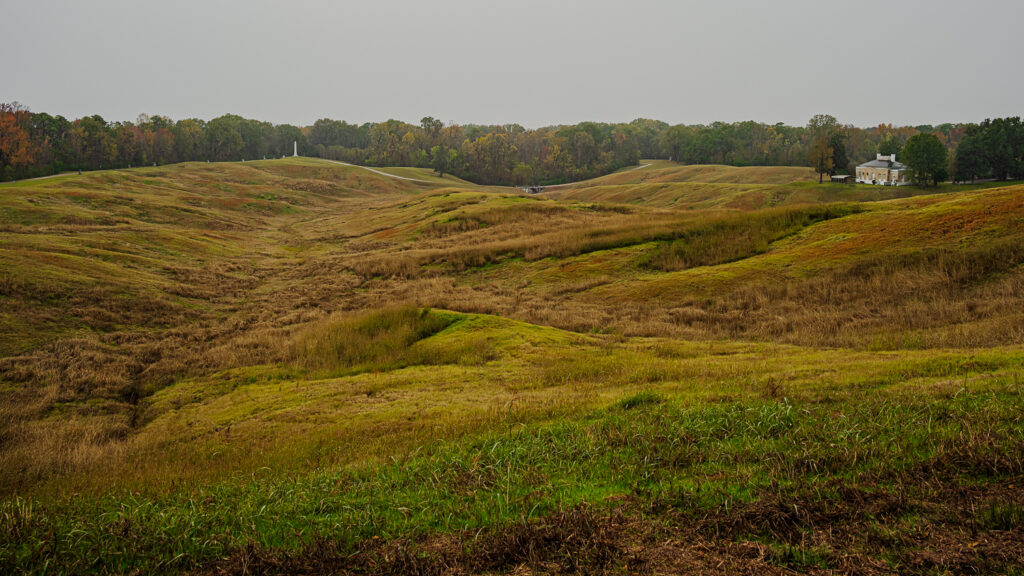
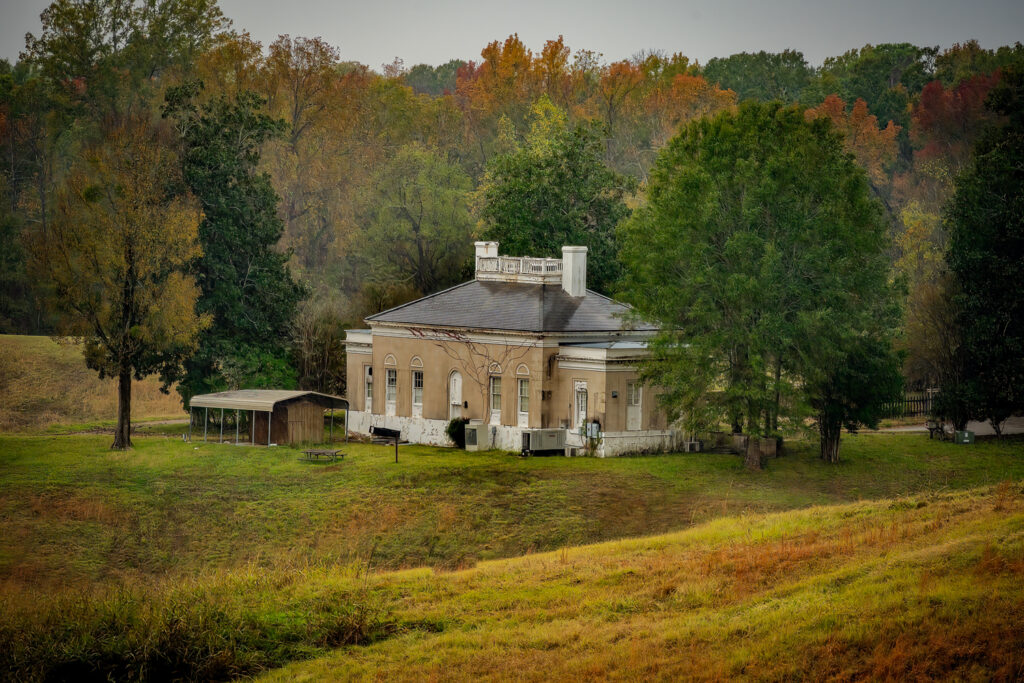
The cost of the campaign was immense, especially for the South, which put up fierce resistance to the North. In the end, there were about 37,000 casualties, about 86% of which were Southern.
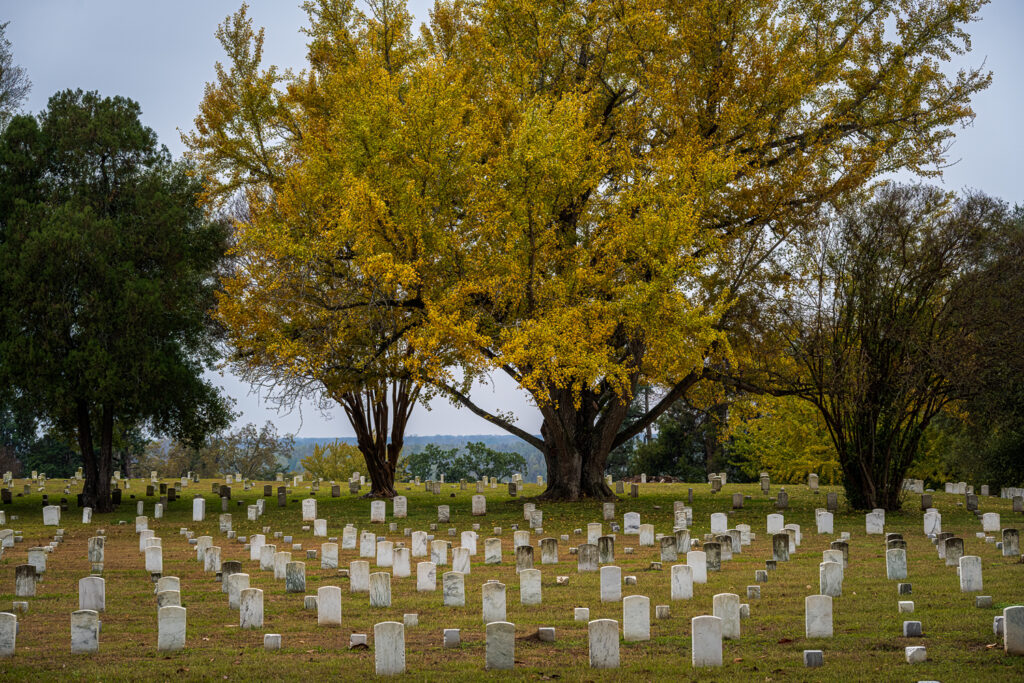
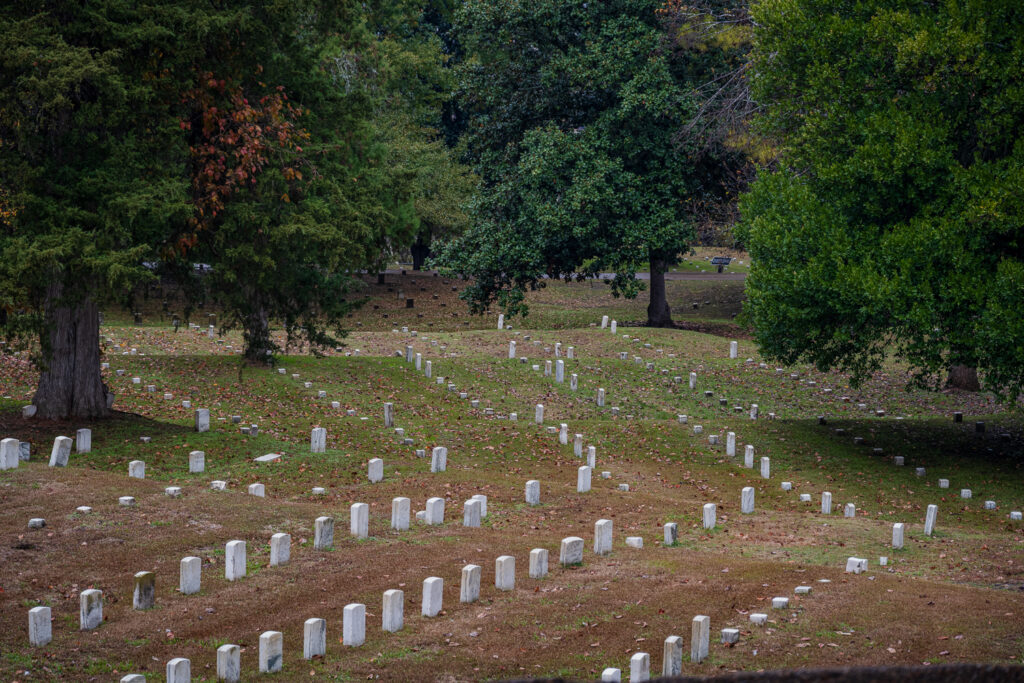
There were both land and sea battles using iron clad vessels. One, the North’s USS Cairo, was sunk by an electronically detonated mine—the first armored warship to meet such a fate. It took only 12 minutes to sink to the bottom in 6 fathoms of water.
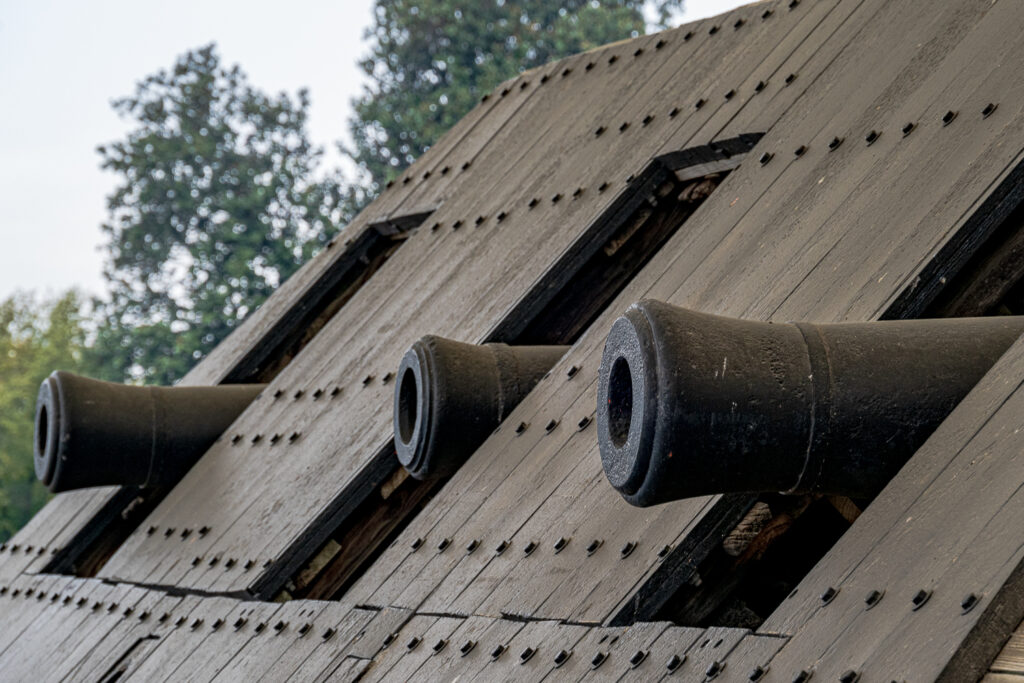
General Pemberton of the Confederacy finally surrendered to General Grant on July 4th 1863. President Lincoln referred to the Union victory as the key to the war.
The Siege of Vicksburg and the subsequent battle are today commemorated at Vicksburg National Military Park, which we visited on our tour. The people of the town of Vicksburg, both soldiers and civilians, suffered immensely from disease, starvation and death. Perhaps that is why the city of Vicksburg did not celebrate July 4th —Independence Day—for 81 years after its surrender.
JFB
